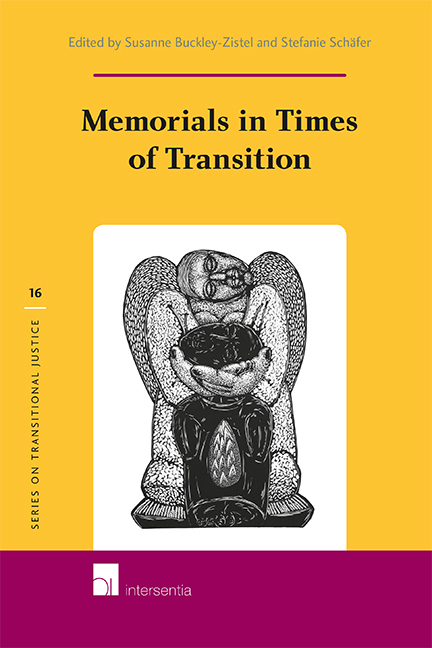Chapter 4 - Detained in the Memorial Hohenschönhausen: Heterotopias, Narratives and Transitions from the Stasi Past in Germany
Published online by Cambridge University Press: 16 December 2020
Summary
‘Command Center of Terror’
‘Shock Pedagogy’
‘Horror Show’
The comments in the epigraph which refer to the Berlin-Hohenschönhausen Memorial to remember state repression during the German Democratic Republic (GDR) could not be more graphic. Reflecting the diverse interpretations and perceptions of the site they point to a colourful memoryscape in Germany regarding the former socialist state. Yet how does the way the memorial space is conceptualised and presented relate to the wider social dynamics of dealing with the past? This is the subject of the present chapter.
The former Stasi remand prison in the north-eastern area of Berlin Hohenschönhausen was turned into a memorial in 1994 and is now a substantial part of the city's memoryscape as well as a popular destination for school classes, leisure tourists and local dwellers. In 2010, the annual number of visitors was 332,000 and in October 2010 the total number of visitors reached two million. Unsurprisingly, numbers rocketed after the release of the Academy Award winning film ‘The Lives of Others’ in which the prison features prominently, as well as after an incident with former Stasi officers in 2006 (see below), a fact which only confirms the view that sites are particularly interesting if they were notorious for death and pain, if the regime that perpetrated the abuses is considered to be unjust, and if the victims of the cruelties were likeable. This has also been referred to as Dark Tourism.
Memorials have become an important aspect of transitional justice discourses and practise. In addition to the immediate aspirations of serving as symbolic reparation – acknowledging guilt and responsibility, and vindicating the dignity of victims – debates around memorials serve as seismographs for assessing tendencies within societies regarding how the past is being remembered. In this sense, they are not merely measures to promote transitional justice in and of itself, but they also provide insights into the dynamics of dealing with the past in a society.
Therefore, this chapter pursues two objectives: first, it seeks to analyse the historical narrative about the Stasi as evoked and endorsed by the memorial Hohenschönhausen; second, and closely related, it situates this narrative in the wider social context of dealing with the GDR in current day Germany.
- Type
- Chapter
- Information
- Memorials in Times of Transition , pp. 97 - 124Publisher: IntersentiaPrint publication year: 2014
- 5
- Cited by



